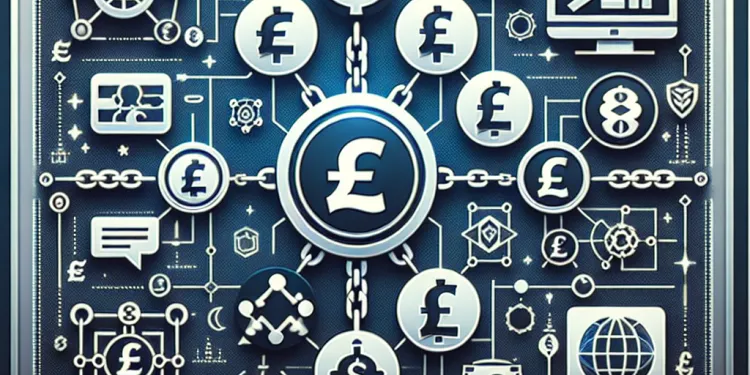
Find Help
More Items From Ergsy search
-
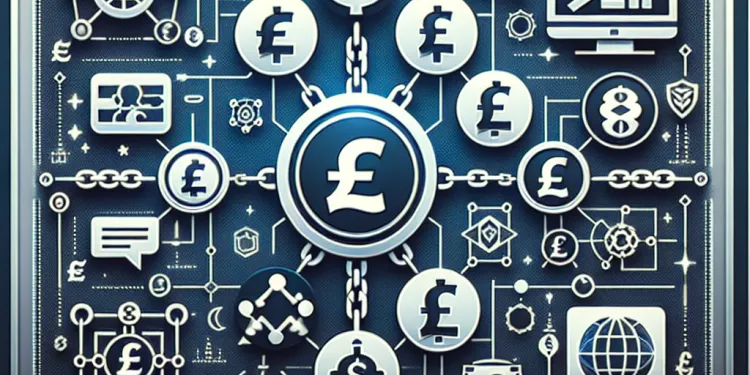
What is blockchain?
Relevance: 100%
-
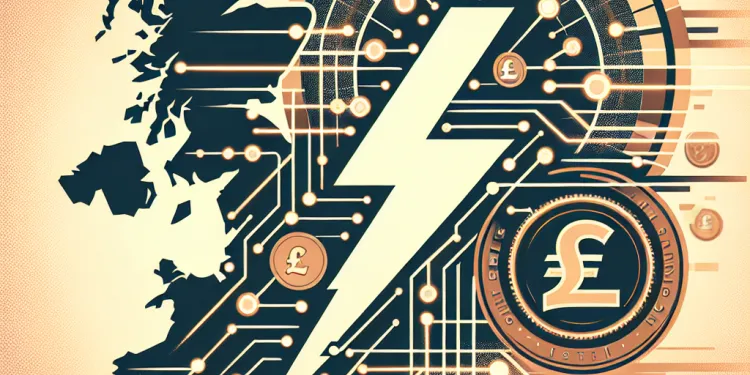
What is the Lightning Network?
Relevance: 35%
-
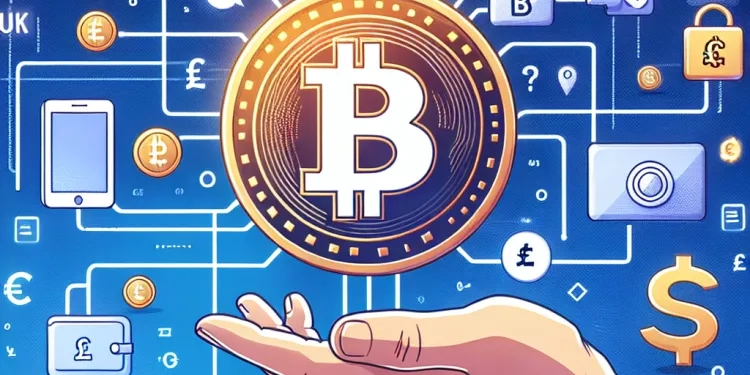
What is cryptocurrency?
Relevance: 33%
-
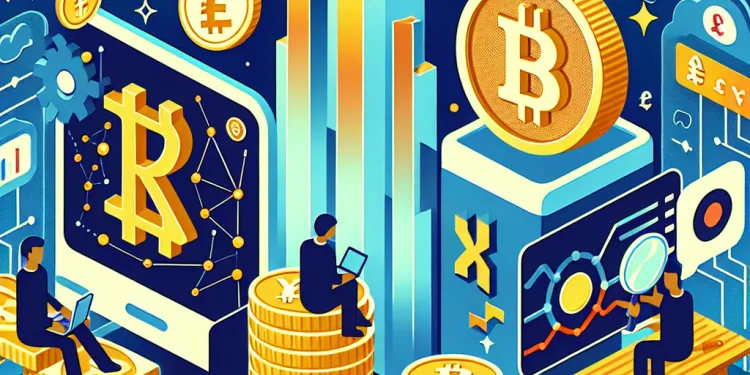
What are are Crypto Currencies like Bitcoin and XRP?
Relevance: 33%
-

What is a decentralized cryptocurrency?
Relevance: 32%
-
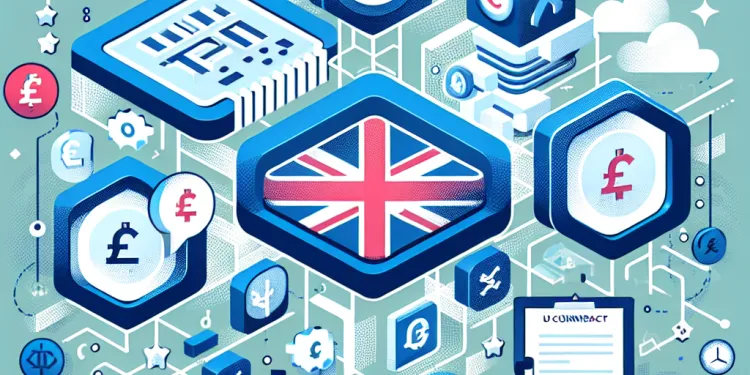
What is a smart contract?
Relevance: 32%
-
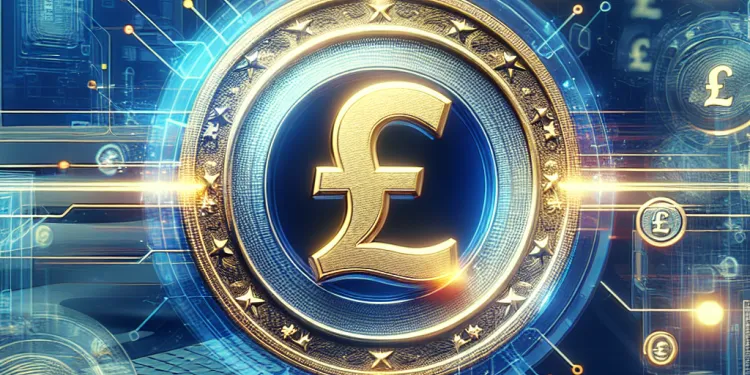
Are transactions with cryptocurrencies anonymous?
Relevance: 31%
-
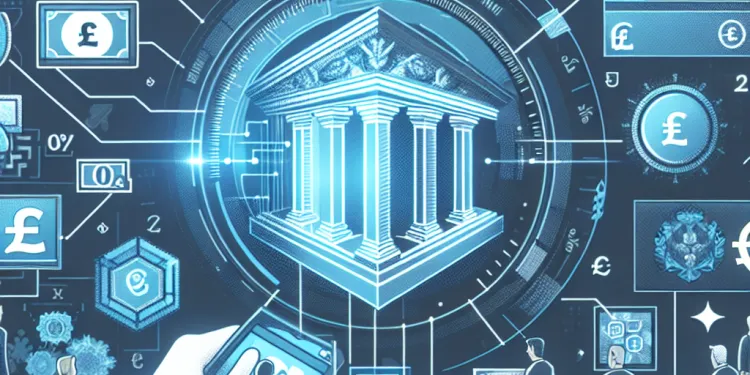
How does technology help in enhancing transparency in banking fees?
Relevance: 28%
-

What is mining in the context of Bitcoin?
Relevance: 27%
-
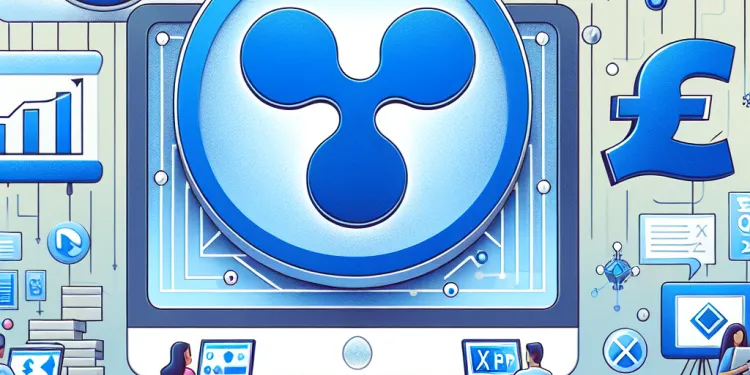
What role does Ripple Labs play in the XRP ecosystem?
Relevance: 25%
-
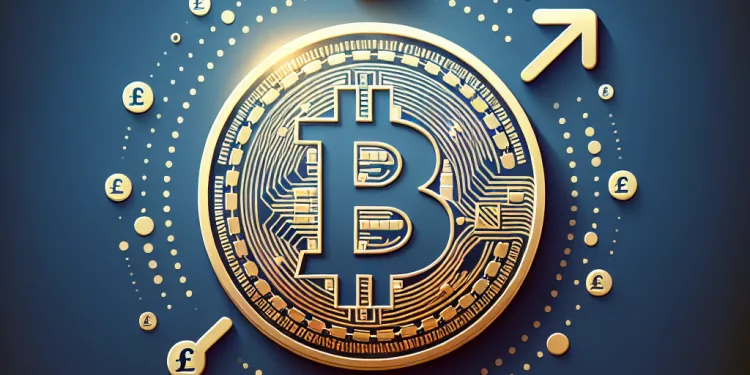
How is the price of Bitcoin determined?
Relevance: 23%
-
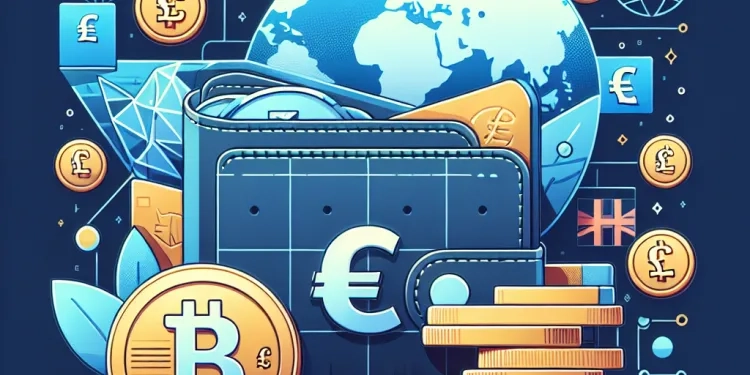
What is a cryptocurrency wallet?
Relevance: 19%
-
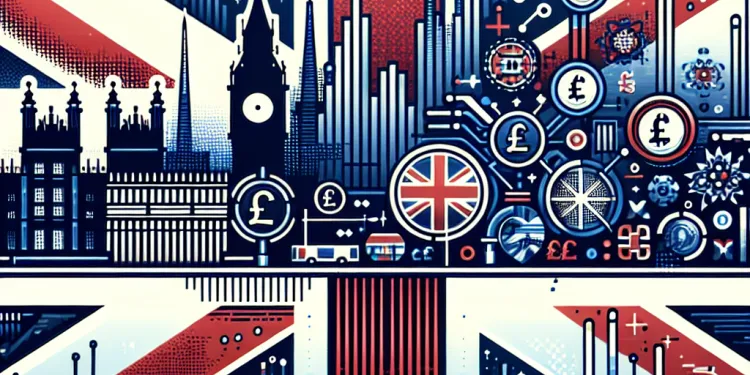
What is a cryptocurrency exchange?
Relevance: 19%
-
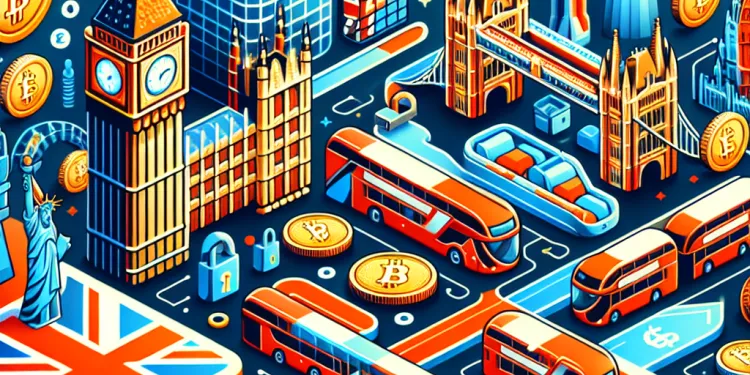
What are the benefits of using cryptocurrencies?
Relevance: 18%
-
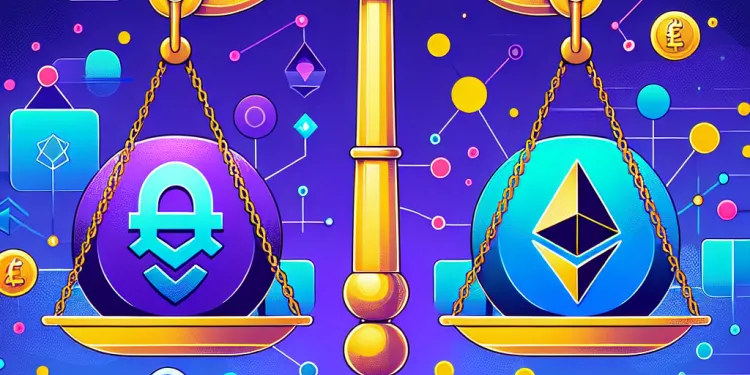
Is Ethereum Crypto Currency a safe investment?
Relevance: 15%
-
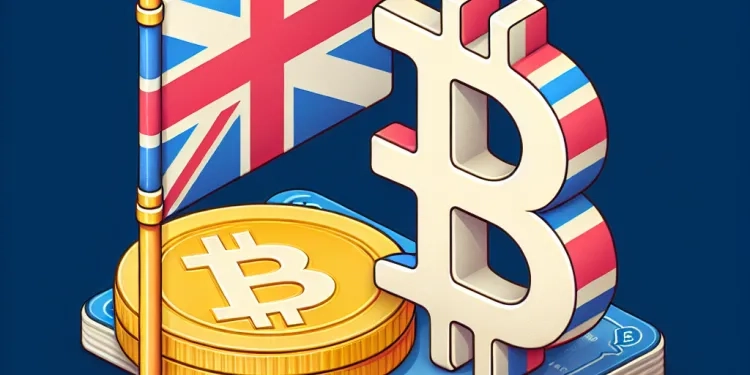
How is XRP different from Bitcoin?
Relevance: 15%
-
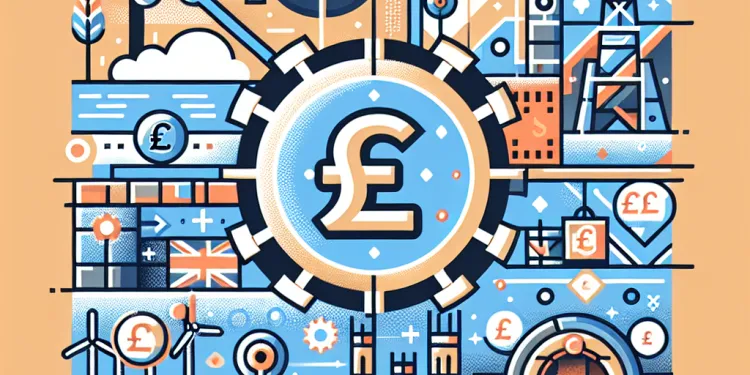
What role does technology play in infrastructure maintenance?
Relevance: 11%
-
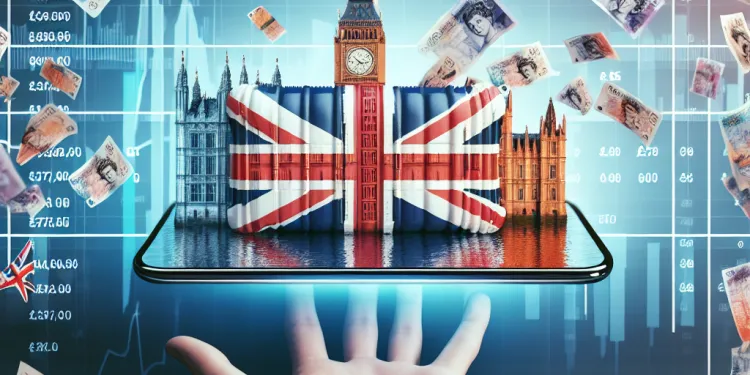
How do governments ensure compliance with wealth tax laws?
Relevance: 5%
-
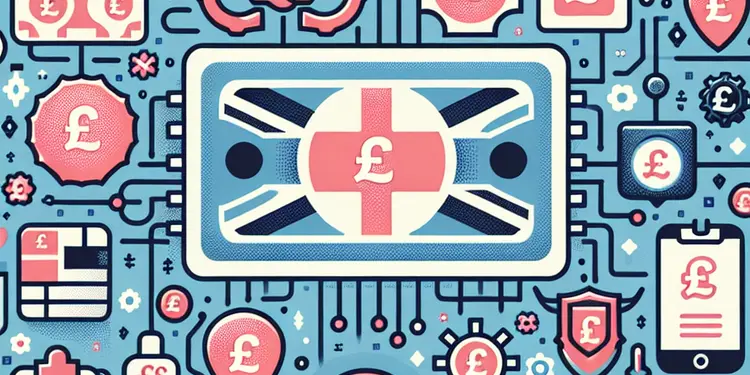
What is counterfeiting?
Relevance: 5%
-
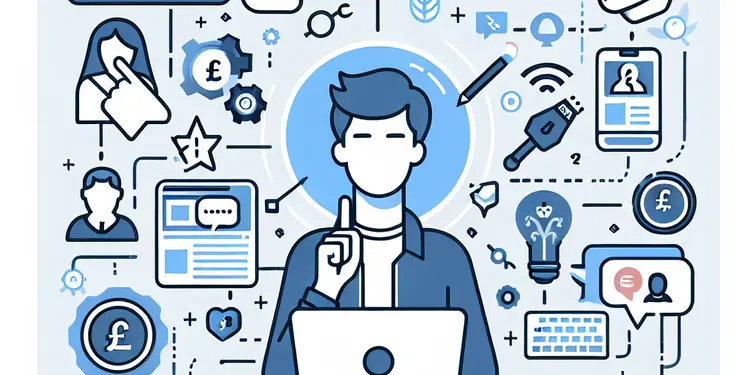
Could this social media ban lead to an increase in workarounds by under 16s?
Relevance: 5%
-
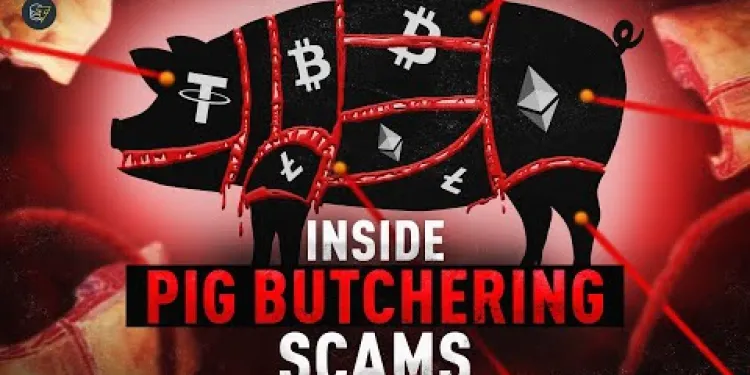
The Most Dangerous Crypto Scam: Victims Speak Out
Relevance: 5%
-
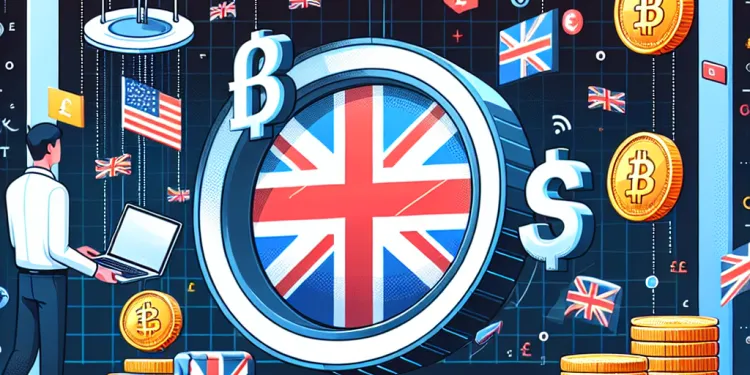
What are the risks associated with cryptocurrencies?
Relevance: 5%
-
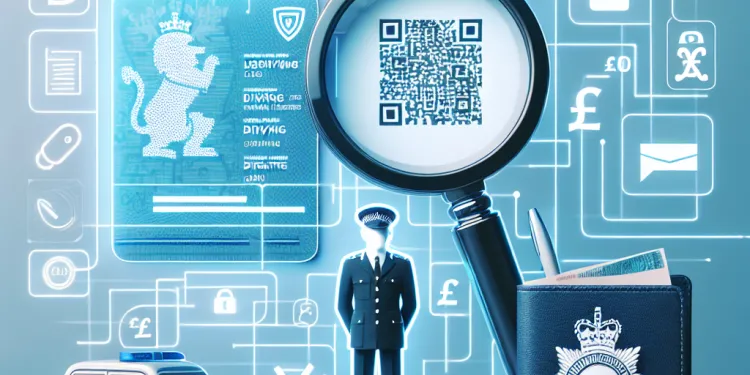
How will police and authorities verify digital driving licenses?
Relevance: 5%
What is Blockchain?
Blockchain is a revolutionary digital technology that underpins cryptocurrencies such as Bitcoin and Ethereum, but its applications extend far beyond digital currencies. Fundamentally, a blockchain is a decentralized and distributed ledger that records transactions across multiple computers in a secure, transparent, and tamper-proof manner.
How does Blockchain Work?
The blockchain operates through a network of computers, known as nodes, that work together to maintain and verify a shared digital ledger. Each transaction is grouped into a block, which is then linked to the preceding block, forming a chain. This design ensures the integrity and immutability of the data, as altering any block would require the consensus of the majority of the network. Moreover, the data stored on a blockchain is encrypted using cryptographic techniques, enhancing its security.
Key Features of Blockchain
One of the most significant features of blockchain is decentralization, which removes the need for a central authority or intermediary to oversee transactions. This reduces costs and minimises the risk of fraud. Transparency is another crucial aspect, as each transaction is recorded on a public ledger, allowing participants to view the entire history of events. Additionally, blockchain offers immutability, meaning once a transaction is recorded, it cannot be altered without altering every subsequent block, making it extremely difficult to tamper with past records.
Applications of Blockchain
While cryptocurrencies are the most well-known application, blockchain technology has numerous other uses. In the financial sector, it facilitates faster and more secure cross-border transactions. In supply chain management, blockchain enhances traceability, ensuring the authenticity and quality of products. Governments and public sector entities can utilise blockchain for secure voting systems, ensuring transparency and reducing electoral fraud. Additionally, blockchain can be employed in healthcare to secure patient records and improve data interoperability across different systems.
Challenges and Future of Blockchain
Despite its benefits, blockchain technology faces several challenges. Scalability is a significant issue, as the current infrastructure may not efficiently handle a large number of transactions. There are also concerns regarding the energy consumption associated with validating transactions in networks like Bitcoin. However, ongoing research and development are addressing these challenges, with solutions such as proof-of-stake and sharding showing promise. As the technology matures, blockchain is poised to transform various sectors by increasing efficiency, security, and transparency.
Conclusion
Blockchain is a groundbreaking technology with the potential to revolutionise how data and transactions are recorded and verified across multiple industries. Its core attributes of decentralization, transparency, and immutability present new possibilities for enhanced trust and efficiency in various applications. As advancements continue, blockchain may become an integral part of many business and governmental operations, driving innovation across the UK and beyond.
What is Blockchain?
Blockchain is a new kind of digital system. It helps things like Bitcoin and Ethereum work. But it can do more than just handle digital money. A blockchain is a special kind of record book. It is not kept in one place. It is shared across many computers. This makes it safe and easy for everyone to see and hard to change.
How does Blockchain Work?
Blockchain works with a group of computers called nodes. These nodes work together. They keep and check a shared list of information. Every time something happens, it is put in a box called a block. When a new block is made, it connects to the one before it, making a long chain. This chain keeps the data safe and hard to change. All the data is kept safe by secret codes, making it very secure.
Key Features of Blockchain
One big feature of blockchain is that it does not need a central person or place to control it. This makes it cheaper and harder for bad things to happen. Another important thing is transparency. Everyone can see all the information in the public list. Also, blockchain has immutability, which means once something is in the list, it can't be changed easily.
Applications of Blockchain
People know Bitcoin uses blockchain, but there are many other uses too. In money matters, it helps send money quickly and safely between countries. For businesses that move goods, blockchain helps track where things come from and if they are real. Governments can use blockchain for voting, making it fair and clear. In hospitals, blockchain keeps patient information safe and easy to share with other systems.
Challenges and Future of Blockchain
Blockchain has some problems too. One big problem is scalability. This means it's hard to handle many things happening at once. Another problem is how much energy it needs, especially systems like Bitcoin. But people are working to fix these problems. New ideas like proof-of-stake and sharding are helping. As blockchain gets better, it will help many areas become safer and clearer.
Conclusion
Blockchain is a new and exciting technology. It could change how we keep and check information in many big ways. Because it is shared, clear, and hard to change, it can help build trust and make things work better. As it grows, blockchain may become part of many jobs and government work. This could bring new ideas and improvements in the UK and other places.
Frequently Asked Questions
What is blockchain?
Blockchain is a distributed ledger technology that records transactions across many computers so that the record cannot be altered retroactively.
How does blockchain work?
Blockchain works by creating a chain of blocks, where each block contains a list of transactions and is linked to the previous block, forming a secure and immutable chain.
What are the main components of a blockchain?
The main components of a blockchain are the blocks, the nodes, and the network that connects them.
What is a block in the context of blockchain?
A block is a unit of data that holds a set of transactions and is linked to the previous block, forming part of the blockchain.
What is a node in blockchain?
A node is a computer that participates in the blockchain network, maintaining a copy of the blockchain and validating new transactions.
Is blockchain decentralized?
Yes, blockchain is decentralized as it operates across a network of computers and does not rely on a central authority.
What are smart contracts?
Smart contracts are self-executing contracts with the terms of the agreement directly written into code and executed on a blockchain.
How is blockchain different from a traditional database?
Blockchain differs from a traditional database in its decentralized nature, immutability, and ability to execute smart contracts.
What is consensus in blockchain?
Consensus is the process by which the network of nodes in a blockchain agrees on the validity of transactions and the state of the blockchain.
What are some popular consensus mechanisms?
Popular consensus mechanisms include Proof of Work (PoW), Proof of Stake (PoS), and Delegated Proof of Stake (DPoS).
What is the difference between a public and private blockchain?
A public blockchain is open to anyone, while a private blockchain is restricted to certain participants, typically within an organization.
Can data be deleted from a blockchain?
Once data is added to a blockchain, it is generally immutable and cannot be deleted, ensuring transparency and traceability.
What are some real-world applications of blockchain?
Real-world applications of blockchain include cryptocurrencies, supply chain management, identity verification, and secure voting systems.
What is a cryptocurrency in relation to blockchain?
A cryptocurrency is a digital currency that uses blockchain technology to secure transactions and control the creation of new units.
How does blockchain ensure security?
Blockchain ensures security through cryptographic techniques, decentralized consensus, and an immutable ledger structure.
What is a hash function in blockchain?
A hash function is a cryptographic algorithm that takes an input and produces a fixed-size string of characters, which is used in blockchain to secure data.
Can blockchain be used for non-financial purposes?
Yes, blockchain can be used for non-financial purposes such as supply chain tracking, digital identity, and record management.
What challenges does blockchain face?
Blockchain faces challenges like scalability, energy consumption, regulatory issues, and interoperability between different blockchain networks.
Is blockchain technology the same as Bitcoin?
No, blockchain is the underlying technology that enables Bitcoin and other cryptocurrencies, but it can be used for a wide range of applications beyond currencies.
How is blockchain evolving?
Blockchain is evolving with new consensus algorithms, improved scalability solutions, and more mainstream adoption across various industries.
What is blockchain?
A blockchain is a way to keep records or information safe and secure. It is like a list that is shared with lots of people. Everyone can see it and agree that it is correct.
Blockchain is made of blocks, just like a tower made of toy blocks. Each block holds information and is linked to the block before it. This makes it hard for anyone to change the information without everyone knowing.
People like blockchain because it keeps important information safe, like money transactions or contracts.
If this is hard to understand, you can ask someone to explain it to you. It might help to draw a picture of blocks linking together, or use real blocks to show how it works.
Blockchain is a way to keep track of things on the computer. It uses many computers to make sure the information stays safe and can't be changed later.
How does blockchain work?
Blockchain is a way to keep information safe.
It uses lots of computers to do this.
Here is how it works:
- Information is put into a block.
- The block joins a chain of other blocks.
- Each block has special codes to keep it safe.
- The chain of blocks is copied on many computers.
- If someone tries to change a block, the other blocks do not let them.
You can use pictures or videos to help understand better.
Ask someone for help if you need it.
Blockchain works like this: It's a chain made of blocks. Each block has a list of trades or deals. Every block is joined to the one before it. This makes the chain safe and hard to change.
For extra help, use a dictionary or read aloud tools. Drawing pictures can also help you understand better.
What are the key parts of a blockchain?
Here is what makes up a blockchain:
- Blocks: These are like boxes that keep information safe.
- Transactions: These are the actions or exchanges written in the blocks.
- Chain: Blocks are linked together like a chain.
- Network: Many computers work together to keep everything running.
Tools like picture dictionaries or read-aloud apps can help understand this better.
The important parts of a blockchain are:
- Blocks: The small pieces of data that hold information.
- Nodes: The computers or devices that keep the blockchain going.
- Network: The system that lets all the blocks and nodes talk to each other.
If you find it hard to understand, try using pictures or videos to help explain how these parts work together. You could also use tools like voice readers to hear the words spoken aloud.
What is a block in a blockchain?
A "block" in a "blockchain" is like a box.
This box holds information.
The information can be about transactions or deals.
Each block is linked to another block to make a chain.
Imagine a train with many cars joined together.
The whole chain is very secure.
If you need help reading, use pictures or simple words.
You can ask someone to read with you.
A block is a piece of data. It keeps a list of actions called transactions. Each block connects to the block before it. Together, they make a chain called a blockchain.
What is a node in blockchain?
A "node" is a computer that helps run the blockchain. It shares and checks information. Nodes talk to each other to keep the blockchain safe and correct.
Here are some tips to help you understand:
- Think of nodes as team members: Each node is like a team member. They all work together to make sure everything is right.
- Use pictures or videos: Look for simple pictures or videos about blockchain. They can help you understand better.
- Ask questions: If you don’t understand, it’s okay to ask someone for help.
A node is a computer. It helps keep the blockchain network running. It has a copy of all the blockchain information. It checks new transactions to make sure they are okay.
Is blockchain spread out?
Yes, blockchain is decentralized. This means it works on many computers instead of just one place in charge.
What are smart contracts?
Smart contracts are like digital promises. They are made on a computer. They work on their own when certain things happen.
Think of it like a vending machine. You put money in. It gives you a snack. Smart contracts are like that but on the internet.
Smart contracts need a special computer system to work. This is called a blockchain.
To help understand smart contracts, you can:
- Watch simple videos about how smart contracts work.
- Use pictures to see how smart contracts make things happen.
- Ask someone to explain it in easy words.
Smart contracts are special computer programs. They work like a contract or agreement between people. The rules are written in computer code. They follow these rules by themselves on a computer network called a blockchain.
How is blockchain different from a regular database?
A blockchain and a regular database are both used to store information. But they are not the same. Here’s how they are different:
- Blockchain: A blockchain is like a special book. This book keeps records in order. The book is shared with many people. No one can change the records without everyone knowing.
- Regular Database: A regular database is like a library book. Only a few people, like librarians, can change what is inside. It is not shared with everyone.
If you find it hard to understand, you can try using pictures. Drawing a chart can help. Using a story can also make it clearer.
Blockchain is different from a normal database in a few ways:
- It isn't controlled by one person or group.
- Once something is added, it can't be changed.
- It can do things automatically, like smart contracts.
If you find reading hard, try using tools like text-to-speech apps. They can read the text out loud for you.
What Does Consensus Mean in Blockchain?
Consensus in blockchain means that everyone agrees. It is like when friends all say "yes" to play the same game together.
In blockchain, computers work together to say “yes” to the same thing. This helps keep the information safe and true.
Tools like pictures or simple videos can help you learn more. Someone reading with you can also help explain hard parts.
Consensus is how the network of computers in a blockchain agrees on whether transactions are okay and what the blockchain looks like right now.
What are some popular ways people agree in blockchains?
"Consensus mechanisms" are like ways for a group to say "yes, we agree!"
Here are some popular ones:
- Proof of Work (PoW): Miners solve puzzles to prove they did work.
- Proof of Stake (PoS): People who own coins can help agree and earn more coins.
- Delegated Proof of Stake (DPoS): Coin owners pick trusted people to help agree.
Each way helps blockchains work safely.
Use pictures, videos, and simple examples to help understand better.
There are different ways to keep things safe on the internet. Some popular ones are:
- Proof of Work (PoW)
- Proof of Stake (PoS)
- Delegated Proof of Stake (DPoS)
These are called "consensus mechanisms" and help make sure that everyone agrees about what is stored online.
If you find reading hard, you can try:
- Using a text-to-speech tool to have the words read out loud
- Highlighting or underlining important words
- Asking someone to explain the words to you
How is a public blockchain different from a private blockchain?
A public blockchain is for everyone to use. Anyone can join in. A private blockchain is only for special people. Usually, it's just for people in a company.
Can you take away data from a blockchain?
A blockchain is like a special list on a computer. It's very strong and safe.
When you add something to the blockchain, it stays there forever. You can't easily take it away.
If you need help, you can ask someone who knows computers to explain more.
When you put information on a blockchain, you cannot change or delete it. This makes everything clear and easy to track.
How is blockchain used in the real world?
Blockchain is like a special list that we can trust. Here are some ways people use it:
- Money: People use blockchain to send money to each other safely.
- Shopping: Stores can use blockchain to keep track of what they sell.
- Health: Doctors can use blockchain to protect patient information.
- Games: Some video games use blockchain for buying and selling game items.
Helpful tools to understand:
- Ask a teacher or parent if you are confused.
- Use simple books or videos about blockchain.
Blockchain can be used in real life for many things. Some examples are:
- Money like Bitcoin (called cryptocurrencies).
- Keeping track of how things are made and delivered (supply chain management).
- Checking who people are (identity verification).
- Making sure votes in elections are safe and fair (secure voting systems).
If you find it hard to read, you can:
- Read with a friend or family member who can help explain things.
- Use text-to-speech tools to listen instead of reading.
- Take breaks and read a little at a time.
What is cryptocurrency and how does it relate to blockchain?
Cryptocurrency is a kind of money that is digital. You can't hold it like coins or cash. It's online.
Blockchain is the system that makes cryptocurrency work. It helps keep track of all the cryptocurrency transactions securely.
Think of blockchain as a big book where every trade or move of cryptocurrency is written down. This way, it is safe and cannot be changed easily.
If you find it hard to understand, you can try using pictures or videos to learn more. Ask someone you trust to explain it to you in a simple way.
A cryptocurrency is a type of money you can use on computers. It uses something called blockchain to keep it safe and make sure no one cheats when they make or send this money.
How does blockchain keep information safe?
Blockchain is like a digital notebook that stores information. But how does it keep that information safe? Let's find out!
Blocks and Chains: Information is saved in small packets called 'blocks.' These blocks are connected in a line, or a 'chain.' It's like a big line of connected boxes, each holding important information.
No Changes Allowed: Once a block is in the chain, it can't be changed. This helps to keep the information inside safe.
Everyone Watches: Many computers keep a copy of the whole chain. If someone tries to change something in one block, the other computers will know and block it. This makes it really hard to change or cheat the system.
Codes and Locks: Blockchain uses special codes, like secret locks, to protect the information. Only the right keys can unlock the information.
If you want to learn more, try using videos or apps that explain blockchain with pictures and simple words. It's like having a helping hand to understand better!
Blockchain keeps things safe by using secret coding, letting many people agree on changes, and keeping records that can't be changed.
What is a hash function in blockchain?
A hash function is like a special computer tool.
It takes in information, like a word or a picture, and gives back a unique code.
The code is made of letters and numbers.
Even a tiny change in the information makes a very different code.
Hash functions help keep information safe in a blockchain.
It is like a lock that keeps your information private.
Try using pictures and videos to learn more!
A hash function is like a special math tool. It takes some information and changes it into a string of letters and numbers. This string is always the same size. In blockchain, hash functions help keep information safe.
Can we use blockchain for things other than money?
Blockchain is a tool that many people use for money, like Bitcoin. But it can do other things too! Here are some examples:
- Keeping important records safe
- Helping people vote in elections
- Sharing music or videos while giving credit to the creators
If you find it hard to read, try these tips:
- Read slowly and take breaks if needed
- Ask someone to explain words you don’t understand
- Use a ruler or your finger to keep track while reading
Yes, blockchain can do more than just money. It can help track items in a supply chain, keep digital identities safe, and manage records.
What problems does blockchain have?
Blockchain has some problems. It can be slow and use a lot of energy. It also has issues with rules and working with other blockchains.
Is blockchain the same as Bitcoin?
No, blockchain and Bitcoin are not the same. Blockchain is like a big digital book that keeps a record of transactions. Bitcoin is a type of money that uses this digital book. Think of blockchain as the technology and Bitcoin as one thing you can use it for.
If this is hard to read, try using a ruler to help guide your eyes along the text. You can also ask someone to read it aloud with you.
No, blockchain is the technology that makes Bitcoin and other cryptocurrencies work. But, blockchain can be used for many other things, not just money.
How is blockchain changing?
Blockchain is a type of technology. It helps to keep records safe and secure.
Over time, blockchain is getting better and more useful. It is changing in these ways:
- It is becoming faster. This means it can handle more records quickly.
- More people and companies are using it for different things.
- It is becoming easier to use.
If you want help understanding blockchain, you can try these:
- Watch simple videos about blockchain.
- Ask someone to explain it with drawings or simple words.
Blockchain is getting better with new ways to agree, ways to work faster and can be used in more places.
Useful Links
- Ergsy carfully checks the information in the videos we provide here.
- Videos shown by Youtube after a video has completed, have NOT been reviewed by ERGSY.
- To view, click the arrow in centre of video.
- Most of the videos you find here will have subtitles and/or closed captions available.
- You may need to turn these on, and choose your preferred language.
- Go to the video you'd like to watch.
- If closed captions (CC) are available, settings will be visible on the bottom right of the video player.
- To turn on Captions, click settings .
- To turn off Captions, click settings again.
More Items From Ergsy search
-

What is blockchain?
Relevance: 100%
-

What is the Lightning Network?
Relevance: 35%
-

What is cryptocurrency?
Relevance: 33%
-

What are are Crypto Currencies like Bitcoin and XRP?
Relevance: 33%
-

What is a decentralized cryptocurrency?
Relevance: 32%
-

What is a smart contract?
Relevance: 32%
-

Are transactions with cryptocurrencies anonymous?
Relevance: 31%
-

How does technology help in enhancing transparency in banking fees?
Relevance: 28%
-

What is mining in the context of Bitcoin?
Relevance: 27%
-

What role does Ripple Labs play in the XRP ecosystem?
Relevance: 25%
-

How is the price of Bitcoin determined?
Relevance: 23%
-

What is a cryptocurrency wallet?
Relevance: 19%
-

What is a cryptocurrency exchange?
Relevance: 19%
-

What are the benefits of using cryptocurrencies?
Relevance: 18%
-

Is Ethereum Crypto Currency a safe investment?
Relevance: 15%
-

How is XRP different from Bitcoin?
Relevance: 15%
-

What role does technology play in infrastructure maintenance?
Relevance: 11%
-

How do governments ensure compliance with wealth tax laws?
Relevance: 5%
-

What is counterfeiting?
Relevance: 5%
-

Could this social media ban lead to an increase in workarounds by under 16s?
Relevance: 5%
-

The Most Dangerous Crypto Scam: Victims Speak Out
Relevance: 5%
-

What are the risks associated with cryptocurrencies?
Relevance: 5%
-

How will police and authorities verify digital driving licenses?
Relevance: 5%


